Interior Design
Baylor Chapman on Plant Design and Breaking Tradition
We're sitting down with our favorite writers and cooks to talk about their upcoming cookbooks, their best food memories, and just about anything else.
Today: How does your garden grow? For Baylor Chapman, abundantly. In The Plant Recipe Book, she talks gardens, carnivorous plants, and bringing urban spaces to life.
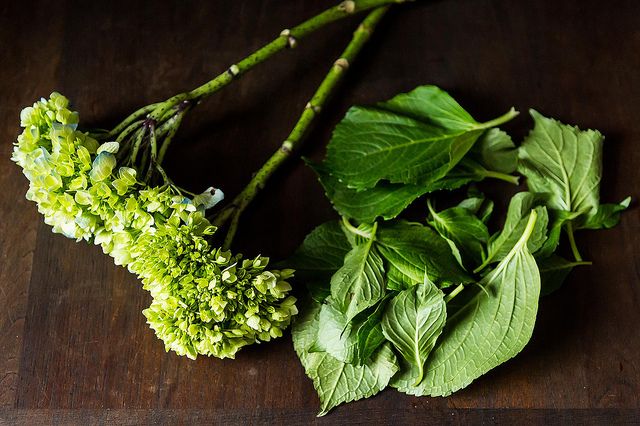
Floral designer Baylor Chapman lives in the heart of San Francisco -- but you wouldn’t know it from her garden. As the founder of Lila B. Design, Chapman cultivates a courtyard beside her studio, rich with greenery of all shapes, sizes, and soils. From blooming hyacinths to creeping asparagus ferns, her plants are just the way she likes them: abundant.
Chapman is the author of The Plant Recipe Book, a verdant follow-up to Studio Choo's Flower Recipe Book. (Good news: we have exclusive, signed copies of both on Provisions right now.) At the outset, Chapman’s volume is a technical window onto the world of design. Divided according to species, the book explores over a hundred plants, together with arrangements both simple and extravagant. But as you flip through pages of vivid petunias and prickly aloe, through thoughtful discussions of color and care, The Plant Recipe Book reads, above all, like a love letter to greenery.
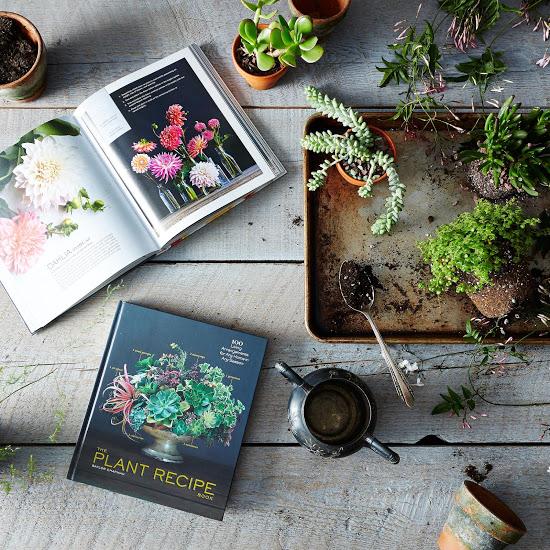
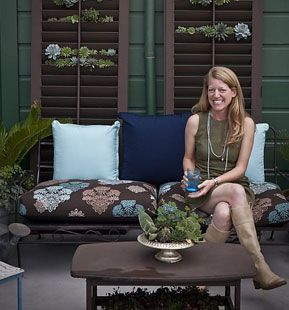
For Chapman, each arrangement becomes a “recipe,” made with the same tenderness and eye for texture as a freshly-baked loaf of bread. Some, like succulents in tear-drop glasses, are classic design at its finest; others, such as the carnivorous plants, walk on the wild side. But all of the arrangements in The Plant Recipe Book are living gardens in miniature -- a victory for beauty in unexpected places.
Throughout The Plant Recipe Book, you talk about container gardens much as we talk about food -- with “ingredients,” “textures,” and of course, “recipes.” Why is it important to think about arrangements this way?
I find that combining different design elements, like texture, scale, and color, leads to a pleasing visual outcome. An arrangement of five different plants that are all fluffy or all airy is not as impactful or as pleasing to the eye as five different plants with a variety of textures. For example, a huge rosette combined with an architectural element and an airy element creates a recipe for something that’s more pleasing. And the ingredients list helps you think through all of this before you get started on the arrangement.
More: Think outside the vase. Here's how to give your old containers new life.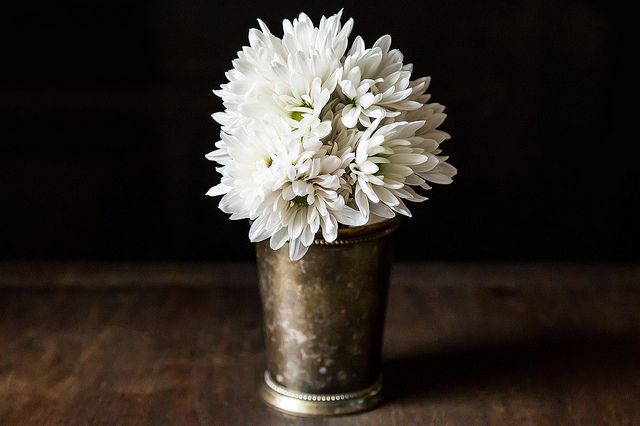
In your introduction, you mention that you grew up surrounded by your mother’s garden and your father’s cornfields. When did you first try your hand at a garden of your own?
The first garden I had on my own was when I was in my 20s, living in New Mexico. That’s where my passion for gardening really took off. I lived way out in the country, about 15 miles outside of Santa Fe, in a house that had previously been occupied by a landscape designer. I took permaculture and organic gardening classes at the local community college in my spare time, and on my days off, I worked in the (drought-tolerant) garden. It was trial by fire, and I worked hard to learn fast so that I could keep it going. I had a tiny little herb garden outside my kitchen, and I’m not an experienced cook, but I loved how stepping out to pick some fresh thyme could improve the flavor of the simplest dish. When I made a career switch to gardening a few years later, it was no surprise to any of my friends, and I was so thankful to intertwine my work and my interests so tightly.
As a resident of San Francisco, you’re familiar with small, urban spaces. What advice would you give to a new gardener in similarly tight quarters? Any good plants to start with?
In San Francisco, succulents are super easy -- they propagate on their own, and they don’t need much water or space. Even if you’re in a harsher climate like New York, there are succulents that can tolerate cold weather. Ask your local garden center which ones will thrive for you. These days, they’re sold even in grocery stores, but the employees at your garden center will be the best informed about what will actually work in your area. Boxwood is always super simple, too. You can either have it grow wild, or you can shape it into a ball for some formality.
More: You can have your flowers -- and arrange them, too. 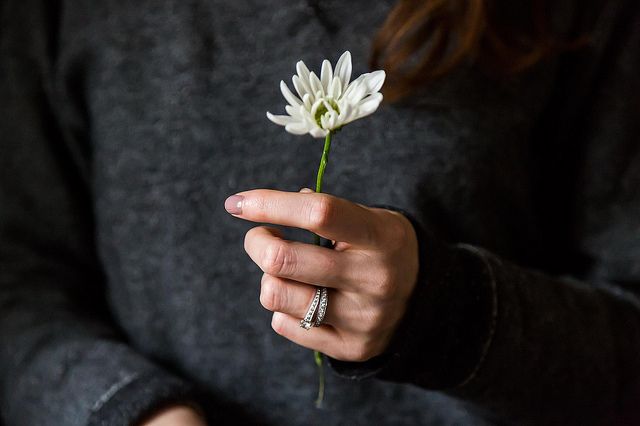
You’ve designed container gardens across the country, from New Mexico to California. Where is the most inspiring place you’ve visited?
I just got back from a long trip abroad, and what amazed me most were the plant trends. Succulents and air plants are as much of a hit in Bangkok as they are in the US, despite the climate. Although I didn’t see them in people’s homes or on front steps as much as I do here, they were for sale all over the Plant Market that comes to town for two days each week. I was also struck by the small container gardens of Bangkok. Many were just simple water gardens or bowls of water lettuce.
Lila B. Design takes its name from your great-grandmother, whose love of gardening inspired your own. Which of the recipes in your book would she have loved the best? Any that would have surprised her?
My great-grandmother was very formal. She collected botanical plants and used a lot of foliage and shaped boxwood, so I think she would have liked the Euonymus, Recipe 1 with Company. The roses in that arrangement remind me of her more traditional aesthetic, especially combined with the lavender and the round shape of the euonymous. The photograph of it in the book shows it in a stone pot carved with little angels that belonged to her daughter, my grandmother. What would have surprised her? The carnivorous plants. They are the definition of non-traditional!
Photo of Baylor Chapman by Russell Yip; Book and plant photos by James Ransom

See what other Food52 readers are saying.